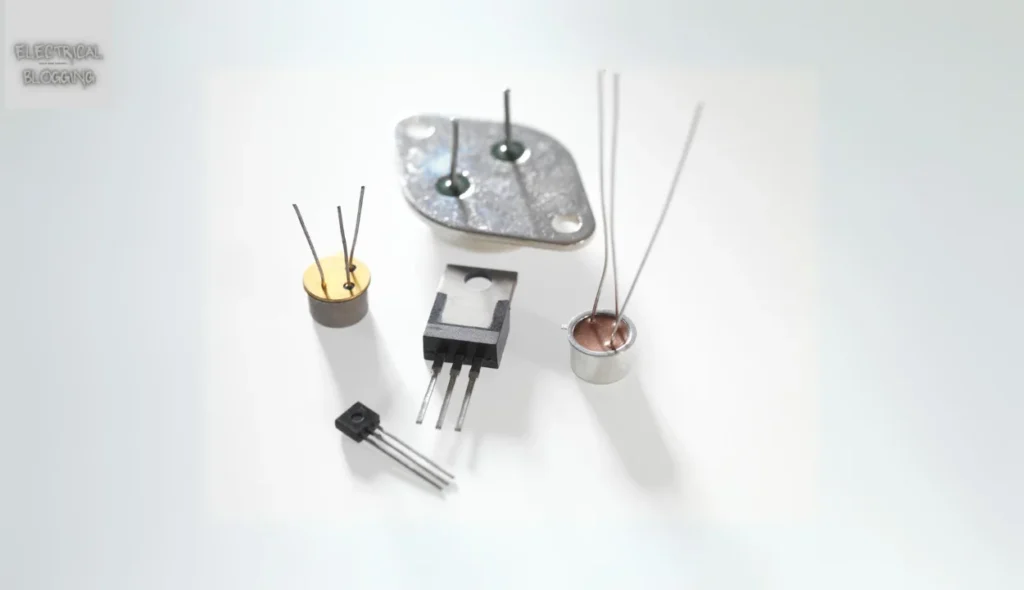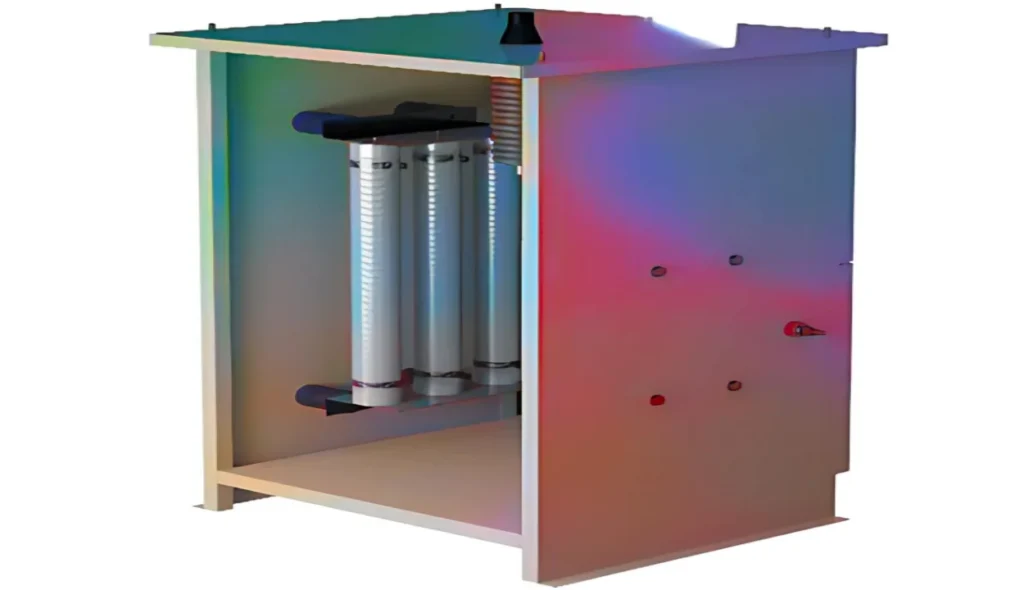Introduction
An oil circuit breakers are a crucial part of the power system, ensuring safe electricity flow in households and industries. It prevents fire and damage by stopping short-circuiting and overloading issues. Unlike regular circuit breakers, it uses insulating oil as an arc-quenching medium, which enhances its working efficiency. Its construction is designed to handle high-voltage faults, making it a necessary device in the electrical grid. With different types, each suited for specific applications, it has both advantages and disadvantages, but overall, it strengthens electrical safety.
What is an oil circuit breaker?
An oil circuit breaker is a type of circuit breaker that controls faults in an electrical system. It relies on insulating oil as an insulating medium to prevent damage when a fault occurs. When the contacts inside the breaker open, an arc is developed, and the surrounding oil absorbs the heat generated.
To manage different voltage levels, these breakers are divided into categories like the Bulk Oil Circuit Breaker and Low Oil Circuit Breaker. The oil helps in arc extinction by cooling and evaporating, ensuring smooth operation. The design allows the dielectric strength to remain high, preventing further issues in the system.

Types of oil circuit breakers
Bulk Oil Circuit Breakers
A dead tank circuit breaker is designed to handle high system voltage while keeping the tank at ground potential. It uses a large amount of oil as an arc-extinguishing medium, ensuring safety by insulating the existing parts from the earth; for a 110 kV circuit, around 8 kg to 10,000 kg of oil is required, while a 220 kV system needs up to 50,000 kg. This breaker effectively controls the destruction caused by an arc, making it essential in power networks. Its name highlights its ability to handle high voltages with reliability.
Minimum Oil Circuit Breaker
A minimum oil circuit breaker is designed to use less oil while still providing effective insulation. Its oil tank is placed on a porcelain insulator to keep it insulated from the ground. The arc chamber is enclosed within Bakelite paper, and the contacts are housed in the upper portion, while the lower portion is supported by porcelain.
Compared to the bulk oil type, it requires less space, has a small tank size, and is lighter, making it easier to install. However, it is not suitable for repeated operation; it offers benefits such as less maintenance and reliability.
Construction of Oil Circuit Breaker
The construction of an oil circuit breaker is designed to handle high currents safely. It has current-carrying contacts placed inside a strong, weather-tight metal tank filled with transformer oil. The oil acts as both an arc-extinguishing medium and an insulator, preventing faults between the live part and the earth. To manage pressure, air is added at the top, working as a cushion to control displaced oil and absorb mechanical shock.
The breaker tank is securely bolted to withstand vibration when interrupting high faults. A tank cover is fitted with a gas outlet for the removal of gases produced during an arc. The design ensures that the upward movement of gases does not affect performance. This structure makes the breaker easy to maintain and highly reliable.

Working Principle of the Oil Circuit Breaker
During normal operating conditions, the contacts of the oil circuit breaker remain closed and carry the current through the system. When a fault occurs, the moving contact and fixed contact start moving apart, causing an arc to be struck between them. This releases a large amount of heat, raising the temperature inside the breaker.
The surrounding oil quickly vaporizes, generating gas that expands with explosive growth, causing the oil to displace violently. As the distance between the contacts increases, the arc becomes weaker until it is extinguished. The breaker’s ability to handle recovery voltage and reach the critical value ensures proper operation and prevents further damage.
Unlike other breakers, the arc-quenching medium here does not require special devices for controlling the arc, making it cheap and reliable. However, while it offers advantages, such as low cost, it also has disadvantages, like regular maintenance and oil replacement needs.
Advantages of Oil as an Arc-Quenching Medium
Oil has a high dielectric strength, which helps provide insulation between the contacts after the arc is extinguished, preventing electrical faults.
The small clearance between the conductors and earth components makes the circuit breaker compact and efficient for high-voltage applications.
When an arc forms, hydrogen gas is released inside the tank, and its high diffusion rate enhances the cooling properties, ensuring rapid arc suppression.
Disadvantages of oil as an arc-quenching medium
Oil in an oil circuit breaker is flammable, creating a fire hazard and increasing the risk of electrical failure.
The formation of an explosive mixture with air can lead to dangerous conditions during operation.
The decomposition of oil during an arc releases carbon particles, which pollute the oil and decrease its dielectric strength, reducing efficiency.
Maintenance of the Oil Circuit Breaker
Regular maintenance of an oil circuit breaker is essential to ensure safety and performance. Over time, contacts may become burnt due to arcing, and dielectric oil can get carbonized, leading to a loss of its dielectric strength. This results in a reduced breaking capacity, making the checking and replacement of oil and damaged parts necessary. Interruptions caused by short-circuit currents must be managed to prevent further damage in the affected area.
Conclusion
In summary, oil circuit breakers play a vital role in electrical safety, but they require regular maintenance to function efficiently. Over time, dielectric oil can become carbonized, and contacts may get burnt due to arcing, leading to a reduced breaking capacity. Proper checking and replacement of oil and damaged parts help maintain their dielectric strength and ensure reliability in handling short-circuit currents. Despite their advantages, regular upkeep is essential to prevent failures and extend their lifespan.



